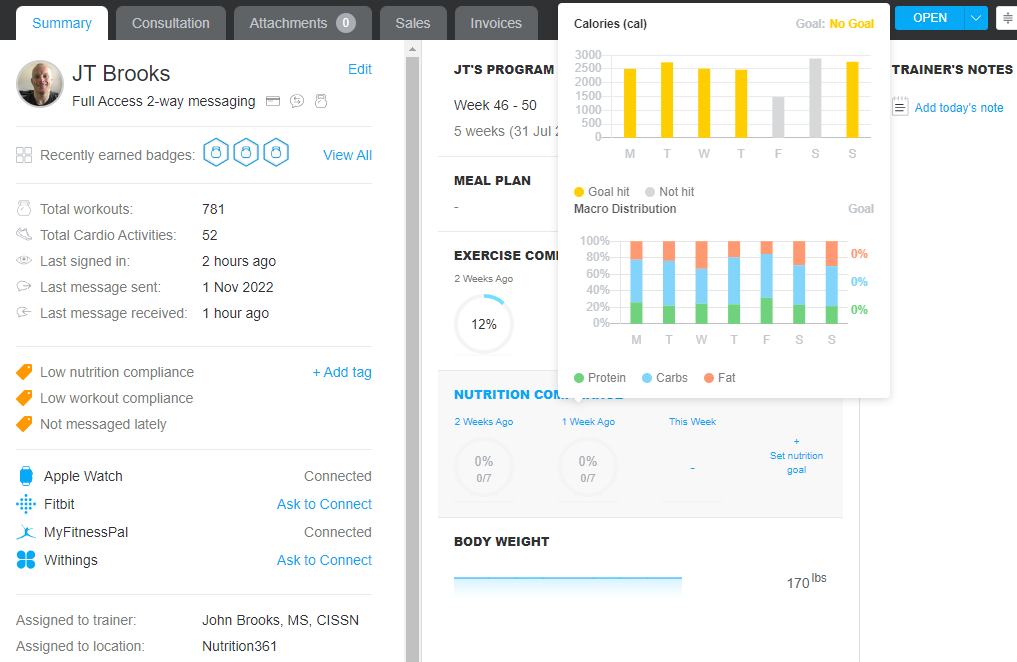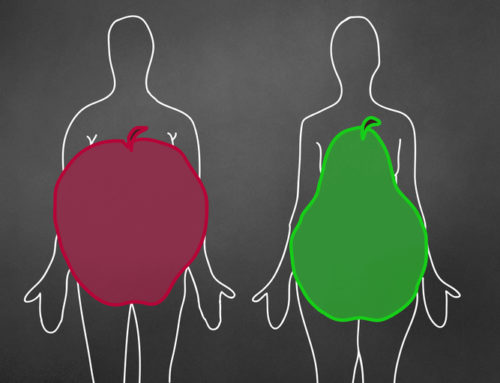eady to gain muscle and bulk up? This comprehensive, step-by-step guide will help you achieve your muscle-building goals while minimizing excess body fat through careful planning and strategic approaches.
For the TLDR crowd, I’ll list a concise set of steps below. Further down, if you want to dive deeper, I’ve included more detailed information, a list of definitions for key terms, my personal journey with bulking, expanding on macros, and specific advice for hard gainers. Ready to take your physique to the next level? Let’s get started!”
What is Bulking? Understanding the Basics of Muscle Gain
Bulking up involves consuming more calories than your body burns, resulting in positive energy balance that leads to an increase in body size. However, the details of this process can be intricate and require careful management to ensure that you gain more muscle than body fat.
This includes everything from how much of it is muscle gain vs. body fat, to how can you sustain the energy intake and strength training necessary to maximize the bulking phase of your training.
Key Term:
- Positive energy balance: When you take in more energy (calories) than you burn, aka calorie surplus.
TLDR: Quick Steps to Bulking Up
- 1
Set Clear Goals: Define specific, measurable goals for your muscle gain and strength improvements.
- 2
Prioritize Calorie Surplus: Consume 250-500 extra calories daily from nutrient-dense foods.
- 3
Identify Your Body Type: Tailor your bulking approach based on whether you’re an ectomorph, mesomorph, or endomorph.
- 4
Optimize Macronutrient Ratios: Focus on carbs as the main surplus source, balanced with adequate protein and fat. Check out the macro calculator further down the article for precise goal based targets.
- 5
Carbs are crucial: After meeting your protein and fat needs, prioritize carbohydrates as your primary energy source. Carbs enhance workout performance and help minimize fat gain.
- 6
Incorporate Strength Training: Use compound movements with progressive overload, hitting each muscle 2-3 times per week.
- 7
Pay Attention to Recovery: Get 7-9 hours of sleep, and use active recovery techniques.
- 8
Stay Consistent and Adjust as Needed: Monitor your progress and adjust your diet and training plan as necessary.
1: Set Clear Goals
Before you begin, it’s crucial to define your bulking goals. Are you aiming to gain 10 pounds of muscle, or are you looking to increase your bench press by 50 pounds? Setting specific, measurable goals helps you stay focused and track your progress over time.
How to Set Effective Goals:
Before you begin, it’s crucial to define your bulking goals. Are you aiming to gain 10 pounds of muscle, or are you looking to increase your bench press by 50 pounds? Setting specific, measurable goals helps you stay focused and track your progress over time.
- Specificity: Use SMART goals (Specific, Measurable, Achievable, Relevant, Time-bound). For example, “Increase my bench press by 10% in 3 months.”
- Tracking Tools: Use apps for tracking journals to monitor workouts, macros/calories, take pictures, and body measurements regularly.
- Timeline: Establish a clear timeline for your goals. Avoid constantly switching between bulking and cutting to ensure you fully achieve your goals.
Key Takeaway: Clear, specific goals and regular tracking are crucial for consistent progress in your bulking journey. Don’t try to be perfect, you’ll fail and drive yourself crazy. Be consistently good.
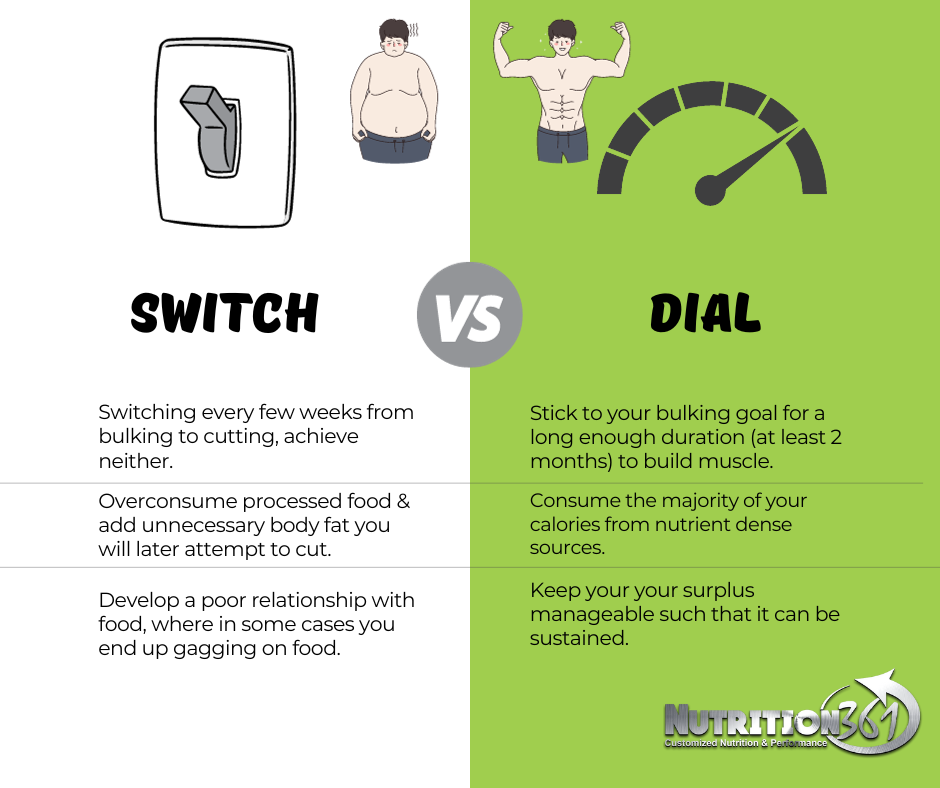
2: Prioritize Calorie Surplus
To gain muscle, you must consistently consume more calories than your body burns. This is known as a caloric surplus. Aim to increase your daily intake by about 250-500 calories to start, depending on your body type and activity level.
Smart Nutrition Choices:
- Avoid Dirty Bulking: Eating everything indiscriminately can lead to excessive fat gain and poor health outcomes. Focus on including nutrient-dense foods like lean meats, whole grains, nuts, vegetables, and fruit.
- Calorie Adjustments: Regularly assess your weight gain and adjust your caloric intake if necessary. If you’re not gaining weight, consider gradually increasing your calorie surplus. If you’re not gaining weight, it’s a sign you may need to reassess your intake or increase your calorie surplus incrementally.
Key Terms:
- Dirty bulking: This is the eat everything strategy where you indiscriminately consume extra calories, just gain weight bro and cut it later. “Junk food” is a staple.
- Clean bulking: Like dirty bulking, this is subjective as what qualifies as “clean” varies from person to person. For simplicity, let’s define it as in pursuit of a calorie surplus you focus on getting the vast majority of your energy intake from nutrient dense foods.
Choosing the Ideal Size Surplus:
- Trained Individuals (those who have been training consistently for at least one year) will generally benefit from a smaller surplus (250-400 kcal/day) to avoid excessive fat gain, as they are likely closer to their maximum potential in terms of lean mass.
- Untrained Individuals can generally start with a higher surplus (400-800 kcal/day) since they have more potential for growth. However, your body type should also guide your approach. For example, if you’re an untrained mesomorphic endomorph, you may benefit from starting with a smaller surplus, as you can always increase calories if needed without accumulating excessive fat.
Key Takeaways: A moderate calorie surplus with nutrient-dense foods supports muscle gain without excessive fat accumulation. Tailoring your calorie surplus based on your training status and body type helps optimize muscle gain while minimizing fat accumulation.
3: Identify your Body Type
Understanding your body type—ectomorph, mesomorph, or endomorph—can help tailor your bulking approach. Body types exist on a continuum, and most people display a combination of these traits.
Somatotyping is an objective method for describing various traits relating to body composition and shape. Researchers Heath & Carter created a rating scale based on various measures to more precisely quantify body types. The somatotype rates the physique by using measures related to the slenderness (ectomorphy), musculoskeletal robustness (mesomorphy), and body fatness (endomorphy).
Somatotyping Details:
- Ectomorph: Slender, with difficulty gaining weight. Focus on a higher calorie surplus and moderate cardio to go along with strength training.
- Mesomorph: Naturally muscular, with an easier time gaining muscle. Maintain a moderate surplus and balanced training.
- Endomorph: Tends to store fat easily. A smaller calorie surplus combined with consistent cardio may be beneficial.
Genetics and Body Type: While genetics play a role, consistent training and proper nutrition can significantly impact your physique. For example, even if you start as an ectomorph, following a structured bulking plan can move you towards a more muscular build.
Key Takeaway: Tailor your bulking strategy based on your body type to optimize results and manage fat gain effectively.
Hard Gainers:
If you’re an ectomorph or a hard gainer—someone who struggles to gain weight despite eating large amounts—you might be dealing with high levels of Non-exercise Activity Thermogenesis (NEAT). Hard gainers often compensate for caloric surpluses by unconsciously increasing their activity levels (e.g., fidgeting, walking more, etc.), which can negate their calorie surplus.
For instance, let’s consider Johnny Bulk, a hard gainer with a Total Daily Energy Expenditure (TDEE) of 3000 calories per day. Johnny is prescribed a 500 kcal/day energy surplus, so his total calorie intake should be 3500 calories per day. However, due to his high NEAT, Johnny may compensate by moving more, which burns additional calories and prevents weight gain.
Another overlooked factor is dietary compensation. Some hard gainers may hold a surplus for a few days but then subconsciously eat less on other days due to their satiety signals kicking in. This inconsistency can make it difficult to achieve steady weight gain, which is why maintaining consistency in both diet and activity levels is crucial.
Key Terms:
- Non-exercise Activity Thermogenesis (NEAT): This is all your other activity that is not exercise. This includes standing, walking, fidgeting, housework, cutting the grass, etc.
- Hard Gainers: These are the skinny guys people think of who tend display more ectomorphic traits.
Key Takeaway: If you’re a hard gainer, be mindful of your activity levels and consistency in calorie intake. Focus on carbohydrates as your primary surplus source to avoid compensation and support muscle gain.
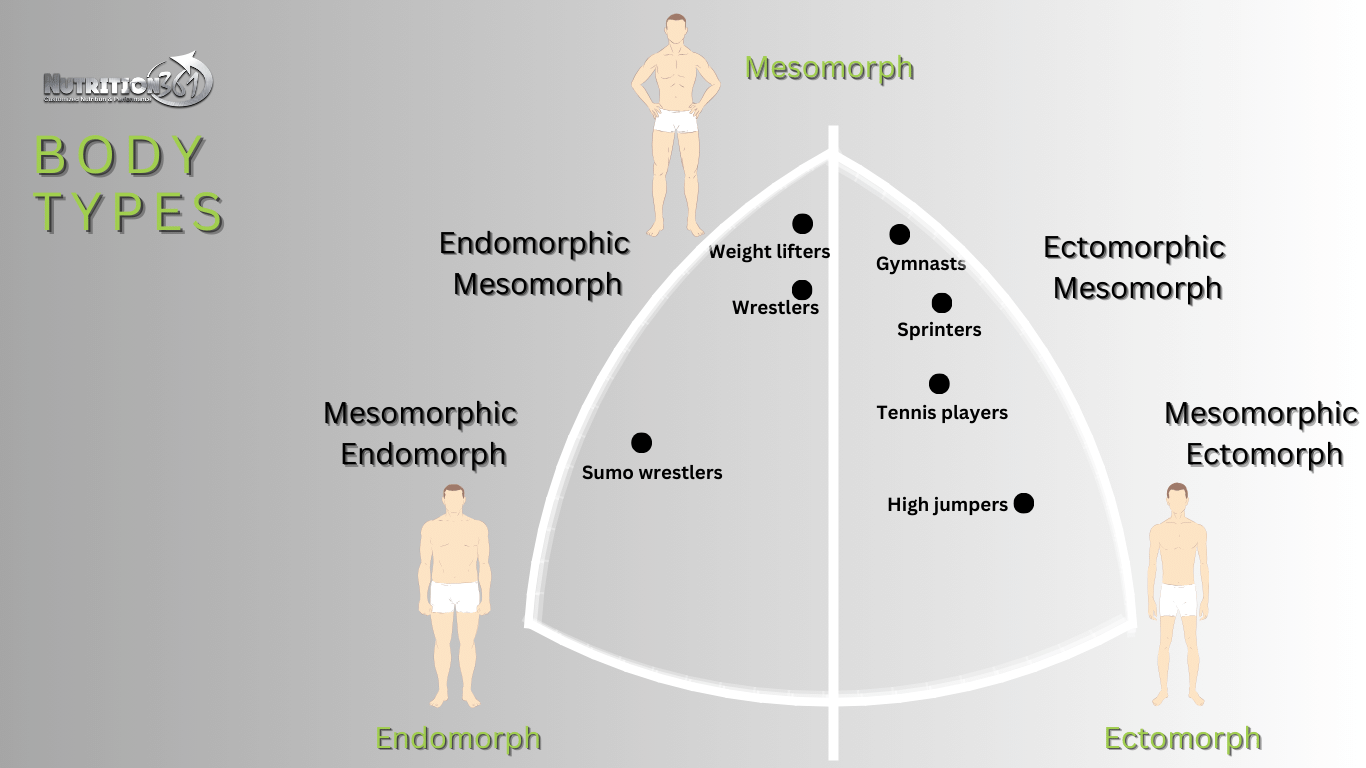
4: Optimize Your Macronutrient Ratios
Both carbs and fat are protein sparing, meaning they prevent protein from being used as an energy source, allowing it to focus on muscle synthesis. Protein is the most satiating (filling) macronutrient and it has the highest thermic effect. Consuming excess protein beyond your target won’t result in more muscle gain and can make it harder to maintain your surplus.
Macronutrient Guidelines:
- Protein: Aim for about 1 gram of protein intake per pound of body weight daily. Protein should be adequate but not excessive to avoid satiety issues that can hinder your calorie surplus.
- Carbohydrates: After meeting your protein needs, prioritize carbohydrates as your primary energy source. Carbs enhance workout performance and help minimize fat gain.
- Fat: Include healthy fats, but avoid letting fat dominate your surplus calories, as this can lead to greater fat storage.
In my experience both coaching and trying to gain weight in the past, hard gainers can struggle to maintain a surplus due to an excess of overly processed, specifically food high in both carbs and fat together (fried foods, chips, donuts, etc.) predominating ones intake. This in my experience causes one to feel bloated, lethargic, heartburn etc. While nutrient-dense foods are generally more filling and helpful in a calorie deficit, in a bulking phase, it’s important to find a balance that allows you to maintain a surplus without feeling overly full. Check out the next section on carbs for how to overcome this.
Key Takeaway: Dial in your protein and fat intake and allow for carbohydrates to be the primary surplus source, sparing protein for muscle growth and enhancing performance during workouts.
5: Carbs are Crucial
After meeting your protein and fat needs, prioritize carbohydrates as your primary energy source to add mass while limiting excess fat gain. Carbohydrates, along with fats, play a key role in sparing protein from being used for energy, allowing it to be fully utilized for muscle synthesis.
Carbohydrates and Muscle Growth:
- Protein-Sparing Effect: Both carbs and fats spare protein, meaning that with adequate intake of these macronutrients, your body won’t use protein as an energy source. Instead, protein is reserved for crucial processes like muscle synthesis, contributing to lean mass gains, including muscle and bone density.
- Optimizing Protein Utilization: While protein is essential for muscle growth, it’s also the most satiating macronutrient and has the highest thermic effect (calories burned during digestion). Consuming more protein than necessary can reduce your overall calorie intake, making it harder to maintain the energy surplus required for bulking. For example, eating extra filling protein sources like cottage cheese beyond your protein goal won’t result in additional muscle gain once you’ve reached the optimal amount.
- Carbs vs. Fats in Surplus: Focusing on carbohydrates as your main source of surplus calories, after meeting your protein and fat goals, is more effective for muscle growth. Evidence suggests that relying on fat as the primary surplus source can lead to greater fat storage compared to carbohydrates.
Research Insights: A recent review supports the emphasis on carbohydrates:
“Emerging evidence suggests that dietary carbohydrate restriction increases protein oxidation, thereby limiting essential amino acid availability necessary to stimulate optimal muscle protein synthesis and promote muscle recovery. Low carbohydrate feeding for 24 hours increases branched-chain amino acid (BCAA) oxidation and reduces myogenic regulator factor transcription compared to mixed-macronutrient feeding. When carbohydrate restriction is maintained for 8 to 12 weeks, the alterations in anabolic signaling, protein synthesis, and myogenesis likely contribute to limited hypertrophic responses to resistance training. The blunted hypertrophic response to resistance training when carbohydrate availability is low does not affect muscle strength, whereas persistently low muscle glycogen does impair anaerobic output during high-intensity sprint and time to exhaustion tests.”
This underscores the importance of adequate carbohydrate intake for maintaining optimal muscle growth and performance during resistance training.
To make this actionable:
- Carbohydrate Focus: Make carbohydrates the primary source of your surplus calories, ensuring you hit your initial fat and protein goals first. This approach not only supports better performance but also helps minimize fat gain.
- Personal Experience: I’ve found it easier to maintain a surplus and avoid feeling bloated by focusing on carb-rich foods like rice cakes. This allows for sufficient calorie intake without the discomfort often associated with high-fat diets.
Key Takeaway: Carbohydrates are crucial for building muscle and limiting fat gain. They spare protein for muscle synthesis, enhance performance during workouts, and should be your primary surplus source for optimal bulking results.
6: Incorporate Strength Training
Muscle growth happens in response to the stress of resistance training. Focus on compound exercises like squats, deadlifts, bench presses, and rows, which work multiple muscle groups at once. Progressive overload—gradually increasing the weight or resistance in your workouts—is key to continued muscle growth.
Training for building mass warrants an entire article, which I will write in the future. In the meantime, here are some quick tips based on the latest research.
Whether you are doing a bro split, upper/lower split, or full body, try to hit every muscle 2-3 times per week.
Don’t be too dogmatic about rep ranges, the truth is most things done properly work for building muscle. Aim to be optimal with the rep guide below, with the majority of your training in the strength & hypertrophy ranges. Work toward 1-2 reps in reserve in most sets.
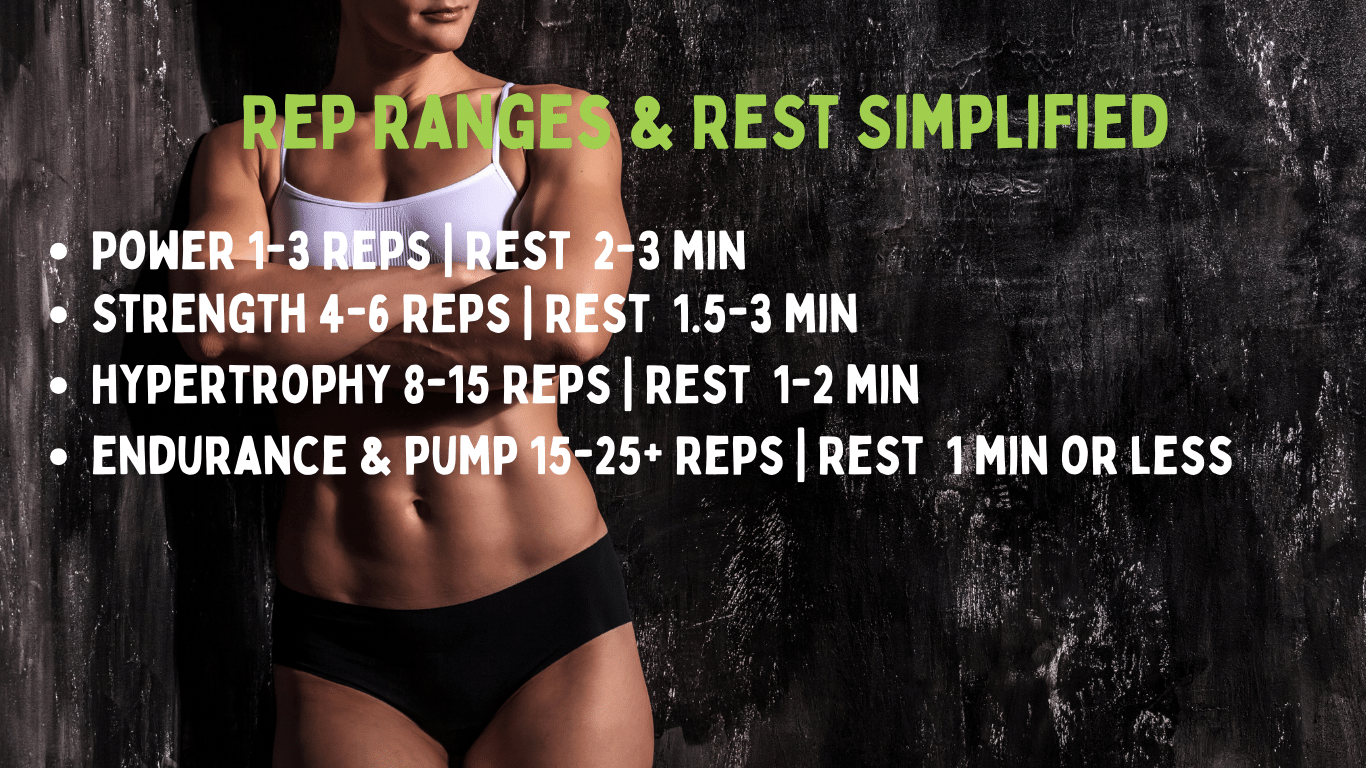
7: Pay Attention to Recovery
Muscle growth occurs not during your workout but during recovery. Ensure you’re getting 7-9 hours of sleep per night and incorporating rest days into your routine. Active recovery, like light walking or stretching, can help keep your muscles fresh and reduce the risk of injury.
8: Stay Consistent and Adjust as Needed
Consistency is the secret sauce to successful bulking. Stick to your diet and training plan, but don’t be afraid to make adjustments if you’re not seeing the results you want. Regularly assess your progress and tweak your caloric intake, macronutrient ratios, or training intensity to keep your muscle-building journey on track.
Summary and Key Takeaways
Bulking up is a strategic process that requires careful planning and dedication. By setting clear goals, maintaining a caloric surplus, identifying your body type, using carbs as your primary surplus source, incorporating strength training, balancing your macros, prioritizing recovery, and staying consistent, you can achieve the muscle gains you’re aiming for. Remember, consistency is key. Implement these strategies today and watch your body transform into a stronger, more muscular version of itself.
Get started now by calculating your macros, tailored to your goals. Make sure you enter all of your info to receive accurate macros.
My Effective 10-Week Bulking Journey for Building Muscle
I was a skinny guy and had to focus on gaining weight. Below are some old pictures (pre digital camera so I had to snap a pic of them lol). Sorry, I don’t have any good ones before I was consistently lifting, but trust me I was skinny, weighing in at 131 lbs. and 5’10” tall.

September 171 lbs . vs. November 182 lbs. (10 weeks)
These pictures are me at 22 during a bulking phase. I was able to add 11 lbs. over the course of 10 weeks. Clearly from the pics above it wasn’t all muscle. However, I didn’t add so much body fat that my abs disappeared (the lighting and angle on these pics are not great). I stuck with this bulk for another 4 weeks and ultimately was at 186 lbs. I cut from there and maintained a lean 177 lbs. I need to find those pictures!
Key Lessons & Takeaways:
- Setting Clear Goals: Mine was to gain 10 lbs in 10 weeks, while minimizing excess bodyfat. This helped me stay on task.
- Prioritize Caloric Surplus: Given my timeline, I ensured that I consistently consumed enough calories to maintain a surplus.
- Optimizing Macronutrient Ratios: I was carful to hit my protein goals daily, while focusing on carbs as my primary surplus source. I kept my diet largely nutrient dense with smoothies, fruit, vegetables in at least 2 meals, beans, almonds, etc.
- Carbs are Crucial: In addition to my nutrient dense foods, I relied on rice cakes, dry cereal (Captain Crunch made my mouth hurt I was eating so much lol), and pretzels as primary sources of excess calories.
- If I were to do this again, I’d give myself at least 3 more weeks to hit my goal so I could consume a larger portion of my calories from nutrient dense foods. I likely would have ended up in the same place with less bodyfat and more muscle.
FAQs
Q: Can you build muscle while in a calorie deficit?
A: The short answer is: it depends. For those new to training, known as “newbie gains,” building muscle in a calorie deficit is possible due to the body’s adaptation to new stimuli.
However, if you are in a trained population, i.e. you have been weight training properly and consistently for years while consistently consuming enough protein (~0.75-1.5 g/lb. of body weight) in positive energy balance, and getting the right number of hours of sleep, then it is unlikely you will build muscle in a deficit.
Key Term:
- Newbie gains: Untrained individuals, newbies will generally gain more proportional muscle than a trained population. Also, they don’t have to be as precise given that they have not come close to any genetic ceiling on their ability to add lean muscle mass.
Q: What are the best supplements to take?
A: Supplements can be a useful addition to your bulking plan, but they should not replace integral parts of your diet. For instance, your favorite greens powder does not substitute for eating vegetables. While these powders are rich in antioxidants they do not replace the fiber, bulk, and positive impact on your gut microbiome. If you won’t eat them, try blending them into a smoothie.
Consider options such as protein powder, creatine, vitamin D, fish oil, and caffeine to support your muscle-building efforts. Whey protein is a great source of BCAAs and now many plant based powders incorporate them too. Find one you like that isn’t over priced.
In some cases, hard gainers may need a carb powder or weight gainer for extra calories. For instance, adding fruit and carb powder to your smoothie can keep the nutrient density up with some added calories.
If you are interested in coaching for your muscle building goal, I offer various services: One time macro consults, 1-on-1 nutrition coaching, training plans delivered on a fantastic app, etc. Consultations are obligation free.
